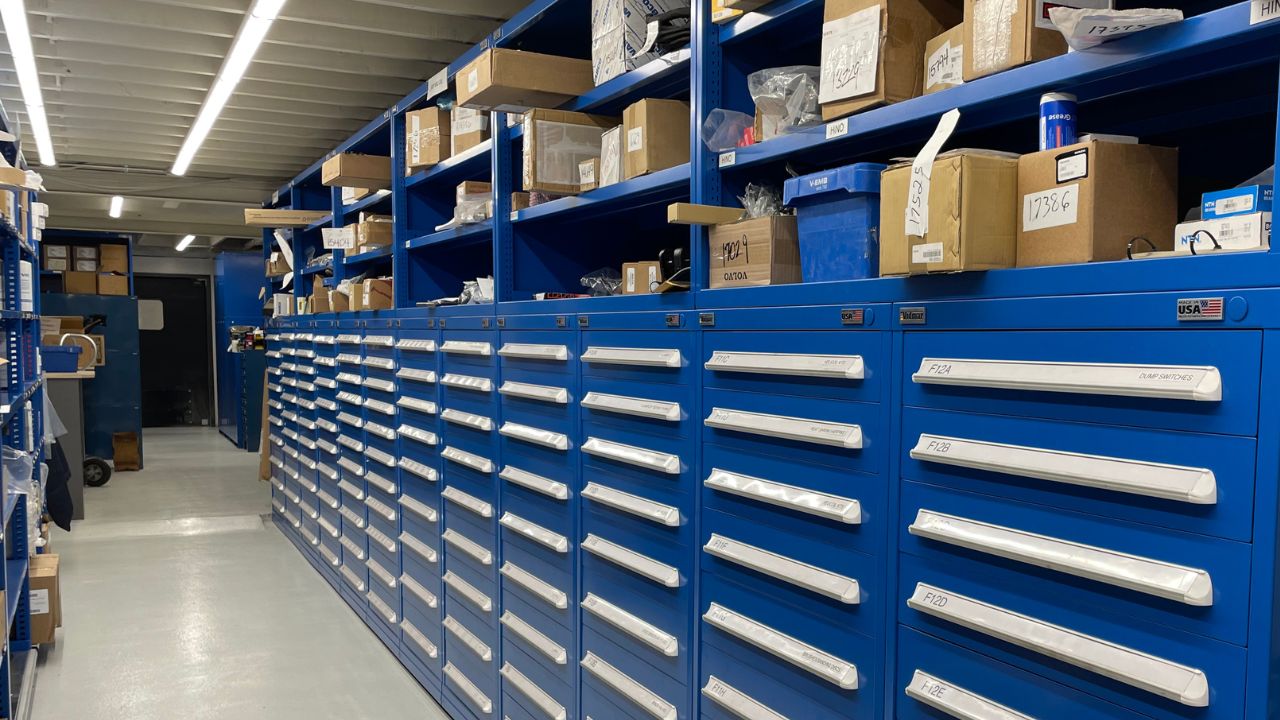For technicians, time is money—quite literally. Most technicians are paid by labor hours, and fixed operations revolve around selling those hours. Therefore, saving time in daily operations leads to a smoother workflow, more efficient processes, and, ultimately, increased profitability.
The Importance of Efficiency and Accuracy
Efficiency in parts and service operations can lead to:
- Reduced waiting times for parts
- Faster service turnaround
- Better customer satisfaction, leading to repeat business
Most parts managers face the challenging task of balancing trust in the data with the demands of the DMS, manufacturer programs, guidelines, employee training, and pricing. They work hard to ensure they have the right parts available when needed, all while managing the dealership’s second-largest cash investment. Accuracy and timeliness are also critical in parts operations. Any delay or error can lead to extended service times, affecting customer satisfaction and reducing repeat business.
Common issues in parts operations include:
- Discrepancies: Errors in inventory records
- Stockouts: Running out of parts needed for repairs
- Overstocking: Excess inventory tying up capital and space
Steps from Receiving a Parts Request to Delivering to the Technician
- Receiving the Request: The technician submits a parts request, often detailing the part needed through a system or directly communicating with the parts team.
- Locating the Part: The parts team searches the catalog to locate the part. If the part is not in stock, they may need to order it from a supplier.
- Verifying the Part: Once the part is located, it is verified against the technician’s request to ensure accuracy.
- Delivering the Part: The part is delivered to the technician as quickly as possible to minimize downtime.
Communication with Technicians
Effective communication between parts teams and technicians is vital. Misunderstandings can severely impact efficiency. For instance, a simple mix-up like, “Your right means my left,” can lead to incorrect orders. It’s crucial to ensure everyone is on the same page, as we can’t assume everyone thinks the same way.
Breaking down communication barriers is essential for mutual understanding. Visual aids and collaborative tools, such as shared catalogs, can help mitigate these issues. It’s not always as simple as point-and-click. Parts personnel often need to research and find the correct part in the catalog that matches the technician’s request.
How Technicians Can Help Improve Efficiency
- Effective Communication: Technicians should provide clear and concise parts requests, ensuring that all necessary details are included.
- Understanding Parts Processes: Encouraging technicians to understand the parts team’s workflow and what their day looks like can foster better collaboration.
- Feedback and Collaboration: Constructive feedback is crucial. By working together, parts teams and technicians can identify and resolve inefficiencies, leading to improved processes and outcomes.
The Benefits of Improved Understanding and Efficiency
Improved understanding and efficiency between parts teams and technicians can lead to:
- Smoother workflow
- Increased profitability
- Enhanced customer satisfaction
At PartsEdge, we believe that fostering a collaborative environment where communication and efficiency are prioritized can significantly enhance the overall performance of your dealership’s fixed operations. By addressing common issues and encouraging teamwork, we can help you achieve a more streamlined and profitable operation.
For more insights and professional advice, visit us at PartsEdge.




